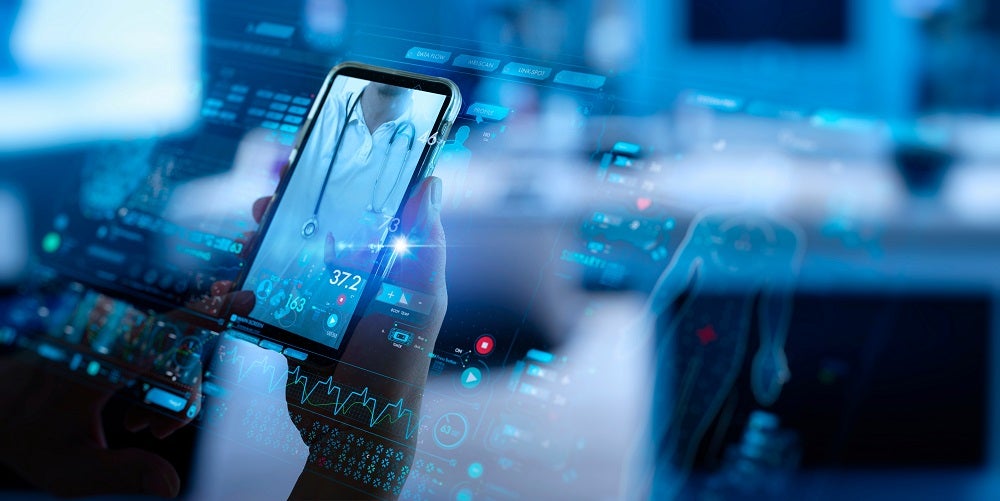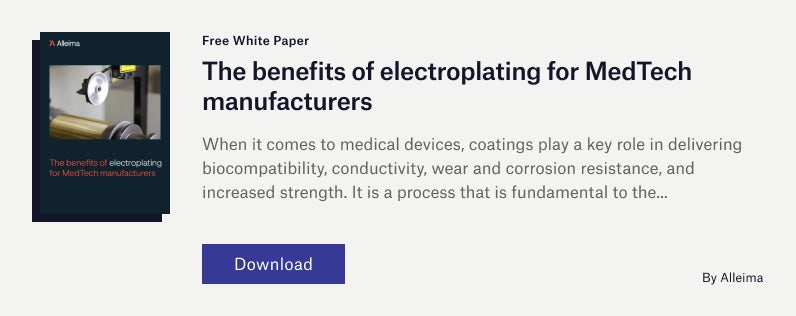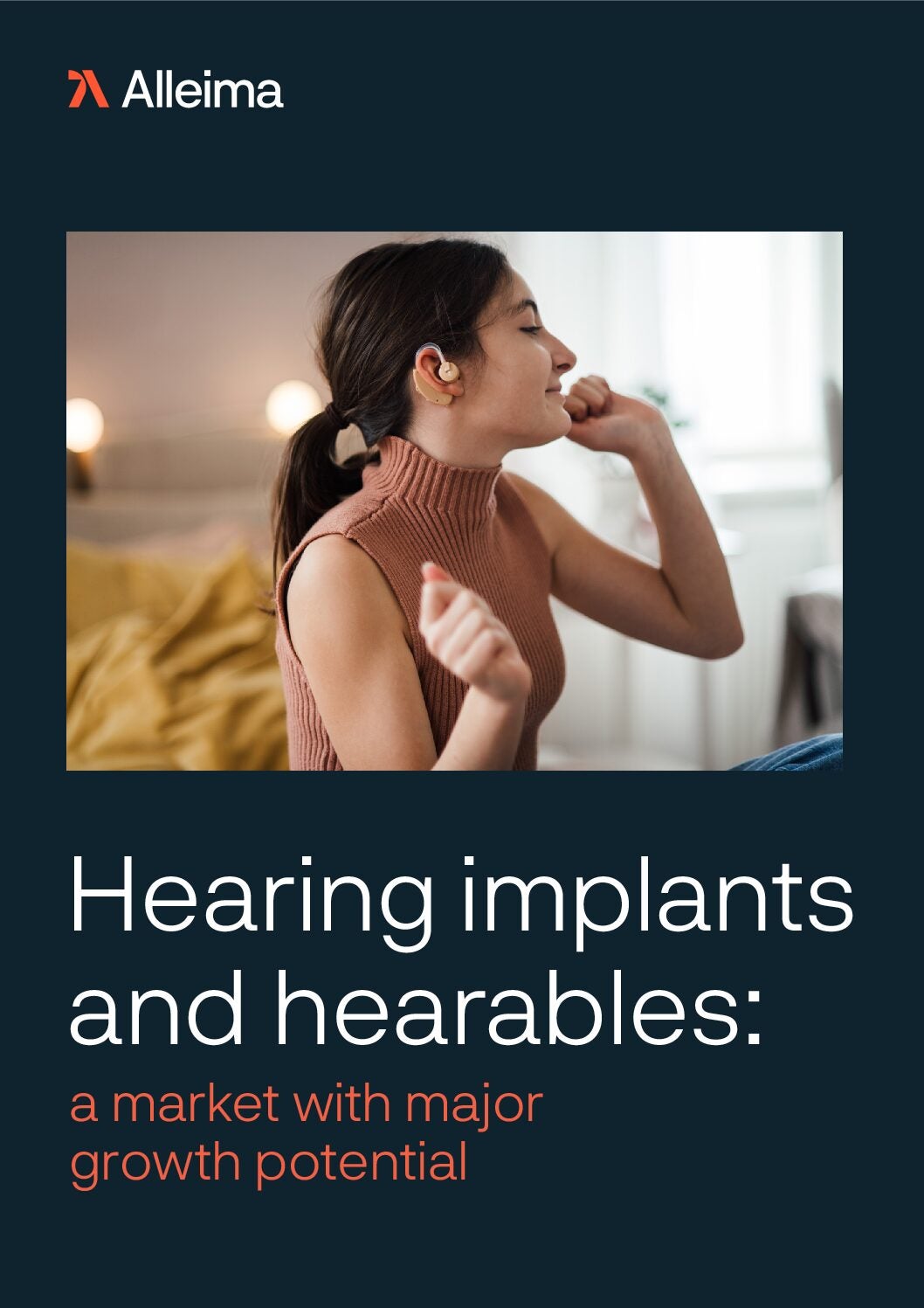
From Internet of Things (IoT) technology and electronic medical records (EMR) in hospitals, to remote patient monitoring devices, the industry is finding new ways to provide patients with better care.
Innovations in virtual care have been explored for years, but the COVID-19 pandemic increased demand exponentially as patients were unable to attend in-person appointments. Whilst face-to-face clinic visits will not be entirely replaced, several key trends are anticipated in virtual care and telemedicine for 2022 and beyond.

Telehealth and medical devices
Telemedicine involves the use of electronic communication such as videoconferencing or phone calls for the delivery of remote clinical care. During the pandemic, many people become familiar with using live video conferencing platforms for real-time, two-way interactions between a patient and a healthcare provider in place of a clinical appointment.
By allowing patients to interact with their healthcare providers digitally, virtual care encourages patients to seek out continual care without having to incur the consequences of unnecessary travel, limited access to care services, or absences from work. This also allows healthcare systems to expand their patient population reach, which is especially important in remote rural regions that may not be equipped to provide specialised health services.
While on-demand virtual appointments will continue to be useful post-pandemic, virtual care has even more to offer. Through the use of remote patient monitoring devices, personal health and medical data can be collected and transferred to a provider for use in care and related support. Remote patient monitoring allows vital signs and biomarkers to be tracked, such as blood pressure, heart rate, and blood sugar levels. This information is then transmitted to a physician, who can communicate modifications in medication and other self-care, or if symptoms worsen to the point that hospital services are needed, providers will be able to arrange for care and transport.
Technology trends and virtual care
Innovations such as 5G and cloud technology have changed the game for medical devices, making it possible to transfer far more data far faster to cloud centres (which are more scalable, cost-effective, and interconnected than in-house IT equipment). With this technology being adopted so quickly, this has inevitably led to demand for improved cyber security to keep patient data safe. Additionally, AI tools can greatly improve data quality and are used to organise, screen, and analyse personal health data. This can provide valuable insights about healthcare trends, track patients over time, and forecast future developments to provide preventative medical intervention.
The impact of macroeconomic and regulatory trends
COVID-19 has had a huge impact on the availability of in-person visits, with hospitals being overloaded and elective procedures being cancelled or delayed, forcing more people than ever to utilise remote health services. In fact, telehealth regulations were eased during this period to make it easier for patients to continue to access healthcare while limiting exposure to infection. However, even in a post-pandemic era, other macroeconomic factors must be considered.
Globally, ageing populations have caused healthcare costs to rise. Additionally, there is growing concern about the need to reduce waste, become more efficient, and streamline processes to save money without sacrificing the quality of care. Digital technology can reduce the cost burden for hospitals and healthcare centres and is even beginning to introduce healthcare services directly to consumers, such as in-home diagnostics, drug delivery, and mental health services.
Remote medical device manufacturing
Devices such as continuous glucose monitors (CGM) or oximeters are part of an expanding range of remote monitors and sensors that were initially developed for clinical settings but have now been modified so that patients can use them at home. While advances such as 5G and AI mean that healthcare providers can access more quality data, this puts growing pressure on materials innovators to provide components that can keep up.
Alleima works with medical device manufacturers to design and develop medical wire components that are perfectly calibrated for the application. With expertise in metallurgy, process development and surface treatments, Alleima has provided ultra-fine sensor wire that features excellent conductivity capabilities for transmitting data, in addition to fatigue resistance and biocompatibility for medical devices intended for long-term use. The most requested application is continuous glucose monitoring devices, for which Alleima has provided wire manufactured from platinum-iridium alloys that offer excellent biocompatible properties, as well as excellent radiopacity, moderate strength and good formability. Depending on post-processing requirements, platinum-iridium alloys can be provided in an annealed, stress-relieved or cold-worked condition.
To find out more about the products and services that Alleima provides for remote monitoring devices, download the whitepaper below.



